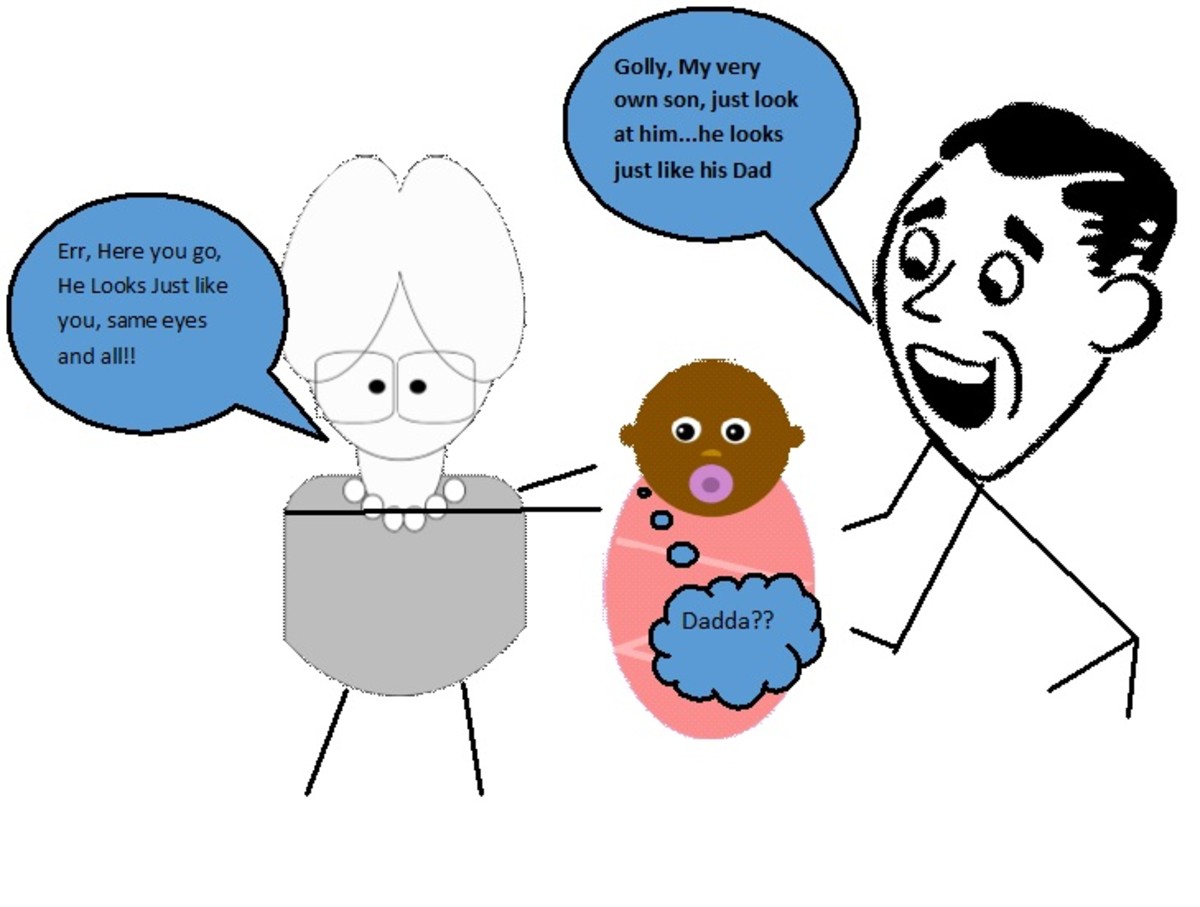Designer Babies - Family Planning Outside of the Box
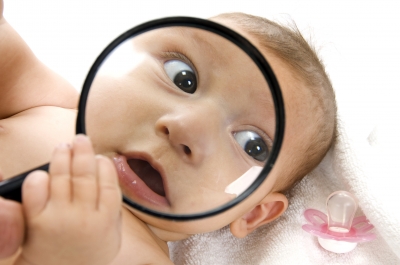
Why Design Your Baby?
When you and your partner are ready to sit down and plan your family, you will ask some important questions: How many children can we afford? How many years should we wait between births? What form of contraception should we use to assure that the timing is right?
Not long ago, these questions were sacrilege. Until 1930, all Protestant churches agreed with the official Catholic doctrine - which still holds that contraception is sinful.
While that battle has largely been won, another more important battle is brewing.
It is entirely natural for future parents to want the best life possible for their child. Modern technology in the field of genetics is improving the ability for them to put the best ingredients into their baby, and filter out diseases and imperfections. As could be predicted, traditionalists are wringing their hands in horror, and once again clamoring that no one should be allowed to "play God."
But if a higher power has given us this wonderful technology, why would he keep us mortals from using it? Isn't the evil of unnecessary suffering something that should be fought?
One quarter of the current world population will die of heart disease. Nearly the same number will die of infectious and parasitic diseases. Cancer, stroke, and lung disease are among the most common causes of death. The suffering and death is a great tragedy.
Many children who die each year from avoidable genetic diseases are among the casualties.
Today the technology is available to combat many diseases in the human race - sometimes through mere genetic knowledge. The best time to screen genes for disease likelihood is before birth. But information that can prevent many kinds of disease is being withheld from potential parents- supposedly for their own good.
Designer babies are no longer science fiction.
A designer baby is simply a baby whose genetic makeup has been carefully selected to get rid of known defects, or to ensure that a specific gene or set of favorable genes is present.
As a future parent, you now have the ability to ensure that your baby has a combination of genes that give him or her the best chance to not only survive, but live a long, productive, and comfortable life. In the process, you are helping to reserve a prominent place in the future for your posterity.
The technology is now available to know and understand the entire genetic makeup of your future baby. The ability to interpret that genetic data is improving daily. You don't need to pass knowable defects on to your child - nor should you.
It begins with screening your future baby for known genetic defects.
While the ability to screen babies before birth - even before conception - is relatively new, society has been slow in accepting the inevitability of designer babies. Until now, the selection process has been pigeonholed with state-sponsored eugenics programs such as those of Nazi Germany, in which entire races deemed inferior were forcibly sterilized or exterminated, and with Aldous Huxley's Brave New World, in which birthing was centrally controlled by a monolithic "World State", and resulted in docile subjects.
But to prevent this from happening, society will need to reject censorship, and learn to embrace the parent-driven embryo market.
As late as 2013, the FDA not only forced the genetics testing company 23andMe to abandon marketing its patented Family Traits Inheritor Calculator, which could predict the risk of inheriting specific diseases and details such as height, weight, eye color and personality, but also forced them to stop informing those who take the basic DNA test about their own disease probabilities. Currently, in the US, genetic testing companies are not allowed to reveal health related genetic test results - which tell you what diseases you are likely to get in your own lifetime.
Designer babies are inevitable. Will they be designed by the state or by parents?
Gone are the days when a child's gender is not even known until birth. Gone are the days when horrible genetic diseases were just an unfortunate fact of life. Good riddance. Now that we have the technology to erase genetic defects by editing them out, we need to do so immediately for our families and our posterity.
A parent-driven embryo market assures that cell selection is individualized and optimized in favor of the well-being of the child - not the collective.
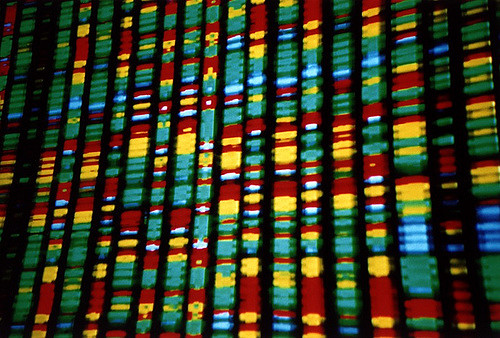
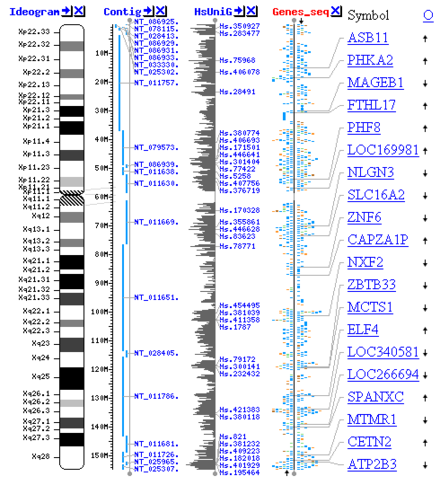
Prenatal Genetic Testing
Every time you get a new car, house, job, or undertake any other major event or purchase, you make informed decisions. You plan. A new child is a much more important life event than a car or home. It makes sense to gather as much information as possible to make decisions about the health and well-being of your new child. These choices are not only lifelong, but will ultimately span many generations.
These are exciting times for genetic research.
Genetic counselors today work closely with future parents through PGD (preimplantation genetic diagnosis) to avoid a wide variety of defects at the embryo stage. Pre-fertilization genetic diagnosis is possible through oocyte selection. PGD became popular during the 1990s to screen out severe, irreversible genetic disorders, including sickle-cell anemia, Tay Sachs disease, Duchenne's muscular dystrophy, and beta-thalassemia. By 2003, PGD had been used to select against 100 different genetic conditions.
Today embryos can be screened for over 400 hereditary diseases.
Bioinformatics, the use of computer programming and mathematics to understand the interrelations between genetic data, helps us understand many things about the past and future of genetic development. Computers can perform multiple complex calculations and comparisons much more rapidly in silico than can be done manually, and by predicting results, reduce the need for in vitro (live) experimentation.
A reprogenetics chip is being developed that can test all 23 chromosomes for over 1,000 traits at once - including genes that determine height, intelligence, hair, skin and eye color and athletic ability.
And over the last couple of years, it has become possible to precisely modify genes directly through the new gene-editing technology of CRISPR. At this moment, scientists at the Sichuan University in China are experimenting with the process of editing out lung cancer.
Soon it will be possible to edit out a wide range of hereditary diseases that simply can not be screened out of fertilized embryos or sperm and egg cells. The future will present the human race with a multitude of new diseases and biological catastrophes. As long as we can break free from Huxley's politicians, we will be ready to meet these challenges head on.
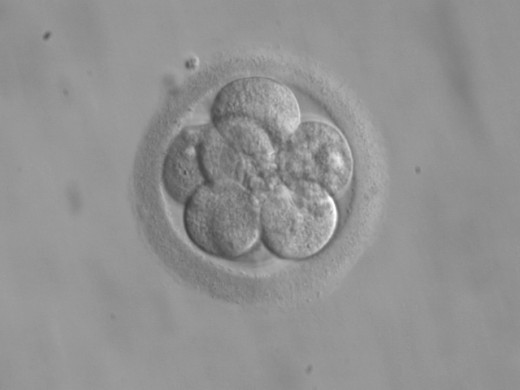
Embryo Adoption
Sometimes the ingredients for your perfect baby are lacking in your DNA. Perhaps you would like to omit a trait that you or your partner would prefer to avoid passing on to future generations - such as obesity or myopia. Perhaps you may want your child to have traits that are not available from the DNA of either you or your partner, but that exist in other couples.
If you simply can't afford it, or can't afford to wait for gene editing technology to come to market, there's some good news.
There are currently more than 625,000 available frozen human embryos in the United States from which to choose - some say as many as 1,000,000. The increasingly common practice of in vitro fertilization (IVF) has created this massive surplus of fertilized eggs. While frozen embryos can remain viable for decades, the cryogenic storage cost prevents biological parents from keeping them preserved indefinitely, and may have moral objections to letting them die. As a result, the biological parents are increasingly making them available.
According to the most fundamental economic law (demand ÷ supply = price), an increasing supply of available embryos results in decreasing prices.
Future parents will be increasingly able to freely select from among these embryos, based on the results of prenatal genetic testing, as well as a wide range of details about the biological parents and grandparents, their medical histories, and whatever details the biological parents are willing to share. Of course, most new parents would also like to know what their new child will look like. So adoption photolisting, showing the biological parents as babies, as children, and as adults, will need to be readily accessible as well.

Reproductive Tourism
Reproductive tourism, also known as reproductive exile or fertility tourism, is a branch of medical tourism - traveling abroad for medical care. Medical tourism is the result of prohibitive costs for a variety of medical procedures, forcing patients to travel to other countries where a procedure is more accessible. The disparity in cost is due to an artificial restriction of the supply of medical providers through excessive entry requirements and regulation of the industry.
Medical tourism agencies offer a tremendous cost savings for a wide variety of medical procedures. Some of them include reproductive services among their available offerings. The most common reproductive service offered by medical tourism agencies is in vitro fertilization - which is regulated elsewhere.
Surrogate Mother
Maybe you are too old to give birth yourself or are not medically capable of childbearing, and simply can't afford the costs of adoption. If you are unwilling or unable to carry the baby all the way through birth, you may have the option of having a birthing mother, or "surrogate", do this for you.
The map and table below summarize a variety of regulations dealing with the surrogate mother industry throughout the world. The dark blue regions are the most favorable to the industry. In the light blue regions, surrogacy is OK as long as no one gets paid. In the purple regions, the surrogates must be related to the biological parents. The red regions ban surrogacy. And the grey areas are uncharted territory.
Surrogate mother cost is relatively high in the US, ranging from $80,000 to $150,000, which may prompt you to consider having it done in a less expensive region of the world.
Some clinics in India - which has a thriving surrogacy business - can provide this service for as little as $10,000 for the complete package.
Avoid uncharted territory. You may be dealing directly with a foreign political system. In fact, some jurisdictions that don't specifically prohibit surrogacy have been known to void surrogacy contracts. If this happens, there is no recourse if a surrogate changes her mind and decides she wants to keep the child. You could lose your claim to the child - even if it is the genetic offspring of you and/or your partner - and thus lose your investment.
Do your homework. Invest in your future kids and your posterity. Plan your family - outside of the box.
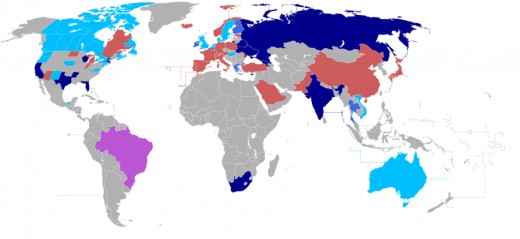
Legal Regulation of Surrogacy
Dark Blue
| Both gainful and altruistic forms are legal
|
Medium Blue
| No legal regulation
|
Light Blue
| Only altruistic is legal
|
Purple
| Allowed between relatives up to second degree of consanguinity
|
Red
| Banned
|
Grey
| Unregulated/uncertain situation
|
Designer Babies Website
- Designer Babies - Family Planning Outside of the Box
Don't leave your future child's genetic destiny to chance. Prenatal Genetic Testing, Embryo Adoption, Surrogate Mother, Reproductive Tourism - Designer Babies



